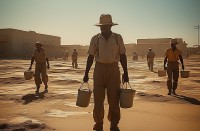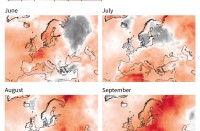Seismic activity is concentrated along fault lines areas of fracture in the Earth’s crust generally found near ridges or tectonic plate boundaries.
Constantly in motion, these huge plates sometimes collide, forcing one beneath the other.
The resulting friction creates energy along the fault lines, which eventually become unstable and rupture, sending out a shock wave. The energy released is felt as an earthquake.
After the initial jolt, aftershocks can strike as neighboring plates readjust into place.
Most underground movement goes unnoticed by human beings, but occasionally a big tremor strikes.
Among the world’s most active seismic zones: Asia, Turkey and Afghanistan, Northern Africa and the Americas.
The moment magnitude scale rates magnitude or energy release during an earthquake. It was devised to measure large tremors more accurately than the older Richter Scale. In theory there’s no limit to the scale, but never has an earthquake measured more than the 9.5 recorded in Chile in 1960.
The European Macroseismic Scale meanwhile rates intensity in other words possible consequences. There are 12 levels: 1 indicates the earthquake cannot be felt while 12 indicates a total change in landscape.
When a big quake strikes, the scale acts as a warning against other natural phenomena which could be triggered such as landslides, avalanches or tsunamis. (AFP)







